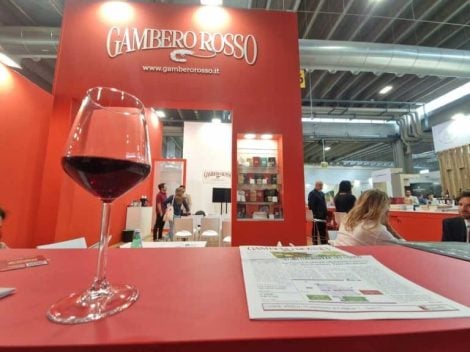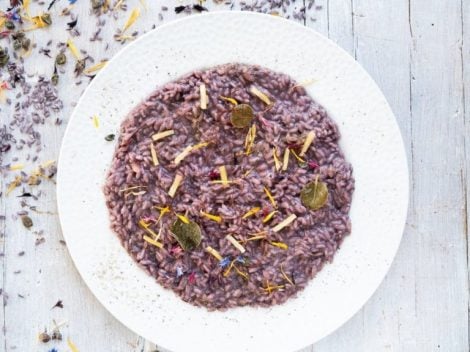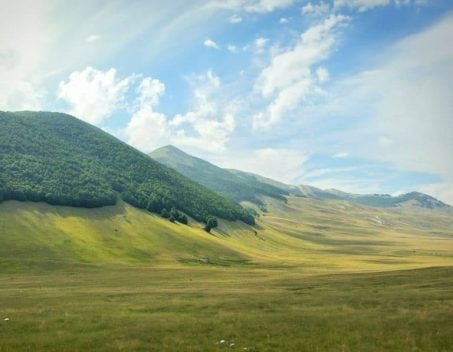It is one of the largest denominations in Sicily, yet it is not among the best known. We are talking about the Monreale DOC, which touches the southern border of the municipality of Palermo and then extends southwards, partially involving the municipalities of Monreale, which gives its name to the denomination, and Piana degli Albanesi, and fully covering the municipalities of Camporeale, San Giuseppe Jato, San Cipirello, Santa Cristina Gela, Corleone, and Roccamena.
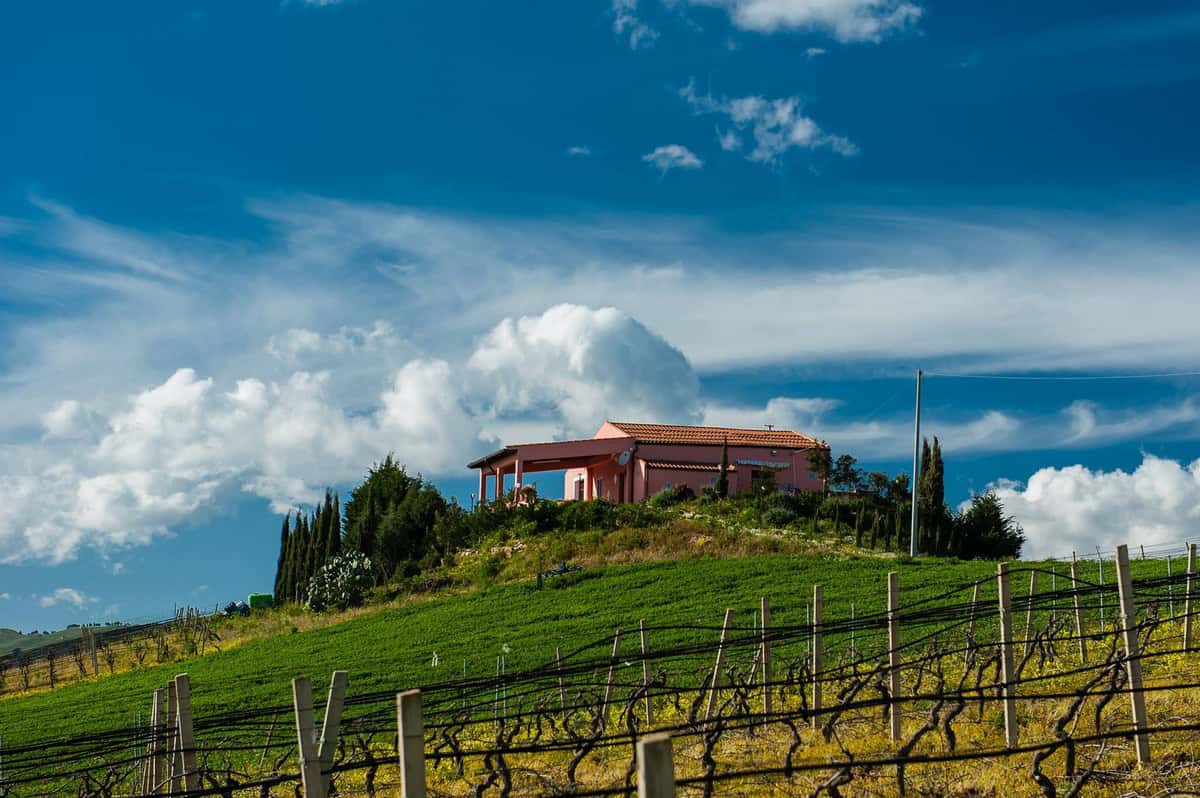
Monreale: the territory
The mentioned municipalities are part of what was historically the Archdiocese of Monreale, a territory linked to the Abbey of Santa Maria La Nuova, a religious center established in the 1170s. The historical roots of the denomination are found here: the more recent ones date back to 2000, the year of the DOC's creation.
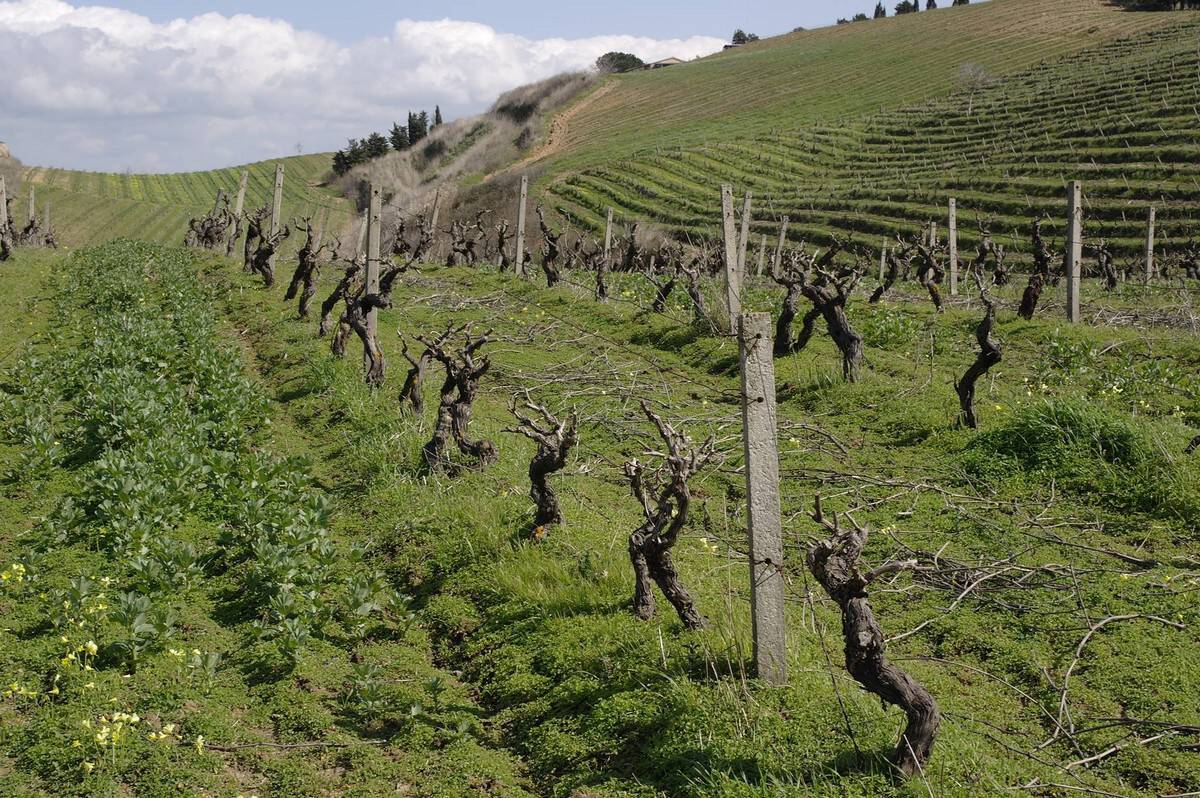
The vineyards are located on hilly terrain, with altitudes ranging from 300 to 600 meters, and the soils are sandy-clay in nature. Within this rather extensive denomination, three macro-areas with fairly specific characteristics can be distinguished: Corleonese, including the municipalities of Corleone, San Giuseppe Jato, and San Cipirello. In addition to the brown, gypsum-rich soils, the area is distinguished from others by a significant temperature variation between day and night. Camporeale, which in recent years has become one of the cradles of Sicilian Syrah; the hills are very ventilated, and the soils are medium-textured and low in skeletal material. Valle dello Jato, the hills range from 250 to 700 meters in altitude around Monreale (whose cathedral was declared a UNESCO World Heritage Site in 2015), and here too, good ventilation is provided by moist currents that bring beneficial rains, especially during autumn and winter.
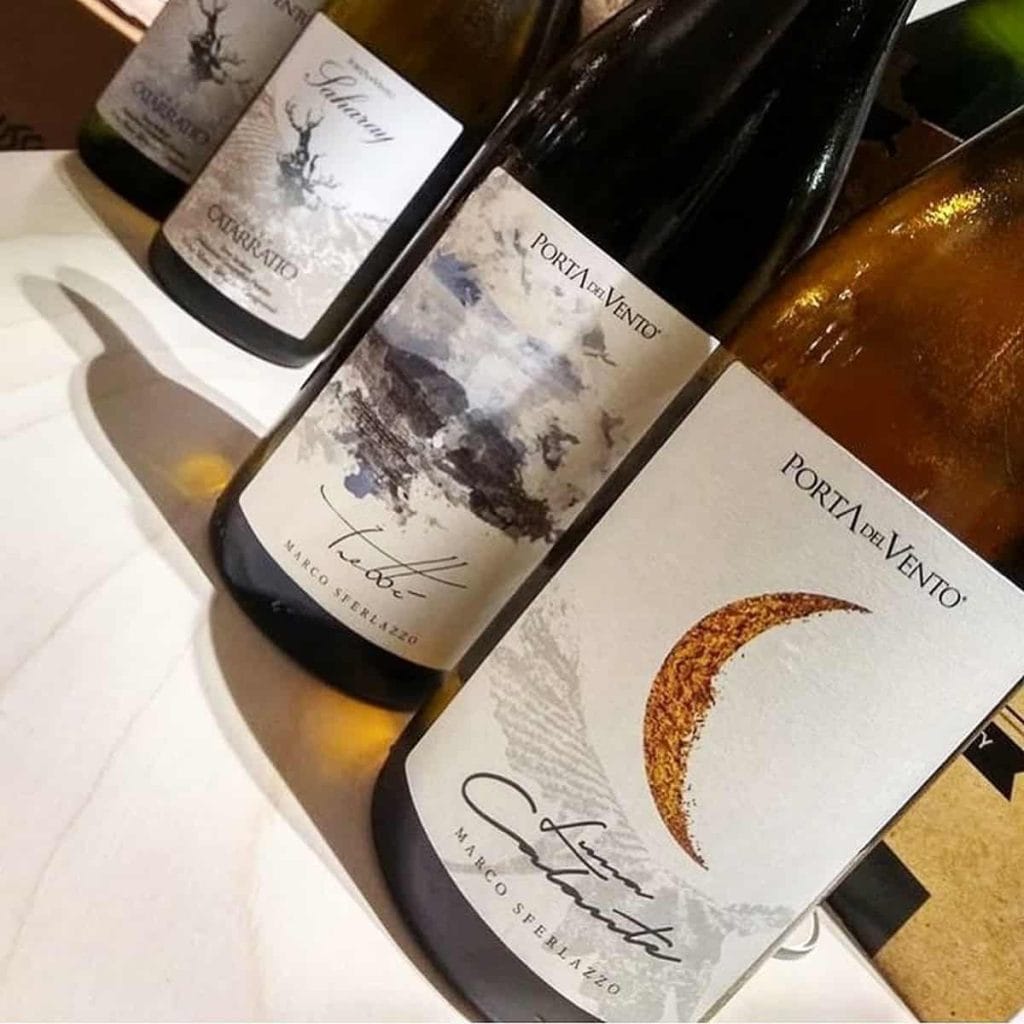
The Monreale DOC and the Wines Produced
Initially, the Monreale DOC included many types of wines and many grape varieties as stipulated in the regulations. However, thanks to the Consortium's intervention, a more decisive focus on territoriality was adopted, reducing the originally planned 12 grape varieties (including Chardonnay, Merlot, Cabernet, Pinot Bianco, and others) to just five. Four are indigenous: Inzolia and Catarratto for whites; Perricone and Nero d'Avola for reds. The fifth, which we have already mentioned, is Syrah, a non-native grape that has perfectly acclimatized to the area's Mediterranean climate.
The best Monreale DOC Wines
In the previous edition of the Gambero Rosso's "Vini d'Italia 2024" guide, we had the opportunity to taste several Monreale DOC wines: the best are reviewed in the list below.
Giuseppe Lisciandrelli, in addition to having two well-stocked wine shops in Palermo, he also successfully produces natural wines in the Palermo area and on Etna. His Catarratto, cultivated at an altitude of 500 meters, Iàto '21, has mineral, iodine nuances, acacia and mimosa, William pear, pineapple, and dried herbs; the saline sip is well-balanced by crunchy and juicy fruit, with a long and coherent finish.
Alessandro di Camporeale, their Catarratto Vigna di Mandranova '21 is very pleasant and complex with citrus and floral notes, good acidity, sapid and substantial in fruit. The Alessandro family has a centuries-old connection to viticulture in Camporeale: the winery was founded in 2000; in just a few years, the creation of brothers Natale, Nino, and Rosolino has become a benchmark and a virtuous model for the entire territory. The vineyards are cultivated organically and are located at altitudes between 400 and 600 meters: the varieties grown are mainly the indigenous Catarratto, Grillo, and Nero d'Avola, but Syrah and Sauvignon Blanc have also been integrated with extraordinary results. Their Syrah Kaid '21 is truly surprising, with its intense nose of blackcurrant, spices, and elegant balsamic nuances; on the palate, it is juicy, vibrant, and persistent.
Porta del Vento, loved by enthusiasts, Marco Sferlazzo's maison authoritatively falls within the biodynamic and "natural wine" trend. In addition to Catarratto '22, we recommend Nero d'Avola Ishac '21, which is captivating with its nuances of caper, figs, and medicinal herbs, and is juicy and delightful.
Feudo Disisa, confirmed once again among the best island white wines with their Lu Bancu '22. This Catarratto is of great elegance: on the nose, it offers intense nuances of yellow flowers and fruits, orange and mandarin zest, almond, with lively notes of lavender and medicinal herbs; the palate is infinite, full, and seductive.
Case Alte, their Catarratto 12 Filari '22 reached the finals last year, thanks to its lovely nose of field flowers and citrus, fresh aromatic herbs, and a delightful fruit pulp on an elegant mineral backdrop.
opening photo by www.facebook.com/cantinalisciandrello

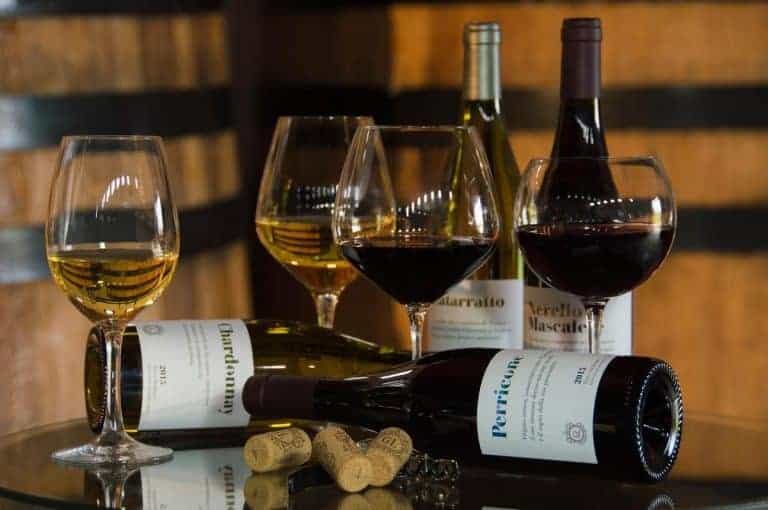
 Meloni: "Tariffs? If necessary, there will be consequences. Heavy impact on agri-food sector"
Meloni: "Tariffs? If necessary, there will be consequences. Heavy impact on agri-food sector" The Government honours the greats of Italian cuisine, from Bottura to Pepe. Massari: "Thank you, Meloni, the only one who listened to us"
The Government honours the greats of Italian cuisine, from Bottura to Pepe. Massari: "Thank you, Meloni, the only one who listened to us" "We must promote a cuisine that is not just for the few." Interview with Massimo Bottura
"We must promote a cuisine that is not just for the few." Interview with Massimo Bottura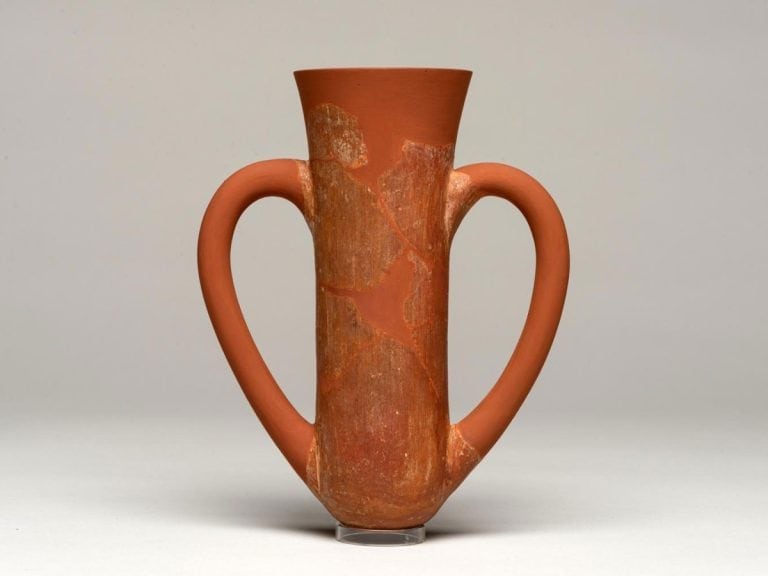 Wine was a drink of the people as early as the Early Bronze Age. A study disproves the ancient elitism of Bacchus’ nectar
Wine was a drink of the people as early as the Early Bronze Age. A study disproves the ancient elitism of Bacchus’ nectar "From 2nd April, US tariffs between 10% and 25% on wine as well." The announcement from the Wine Trade Alliance
"From 2nd April, US tariffs between 10% and 25% on wine as well." The announcement from the Wine Trade Alliance


